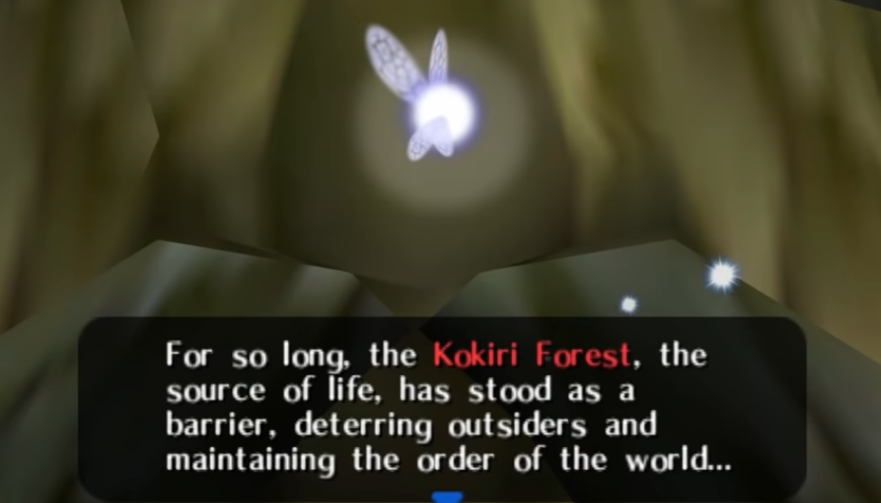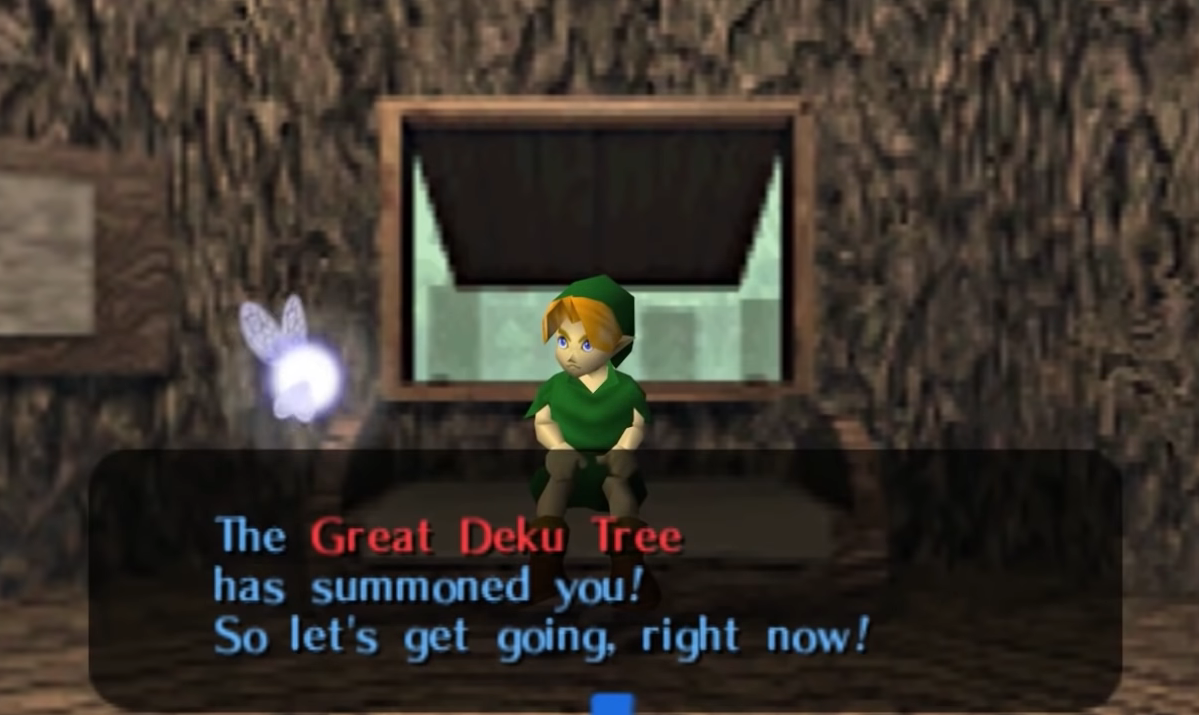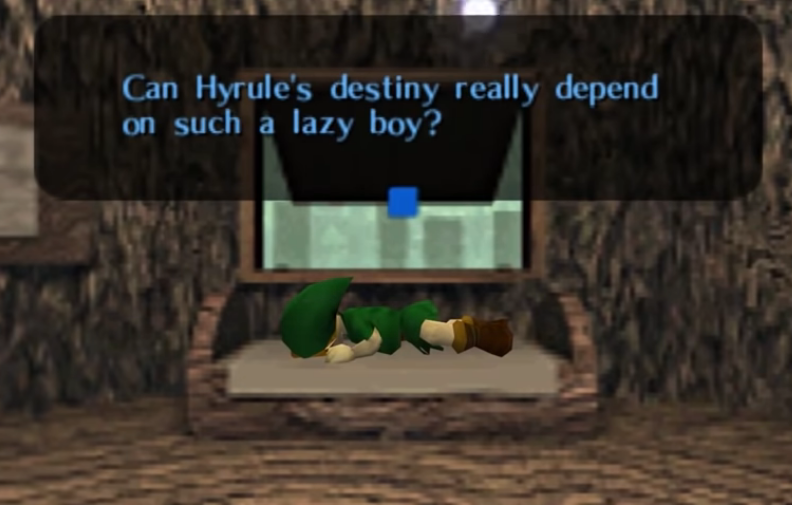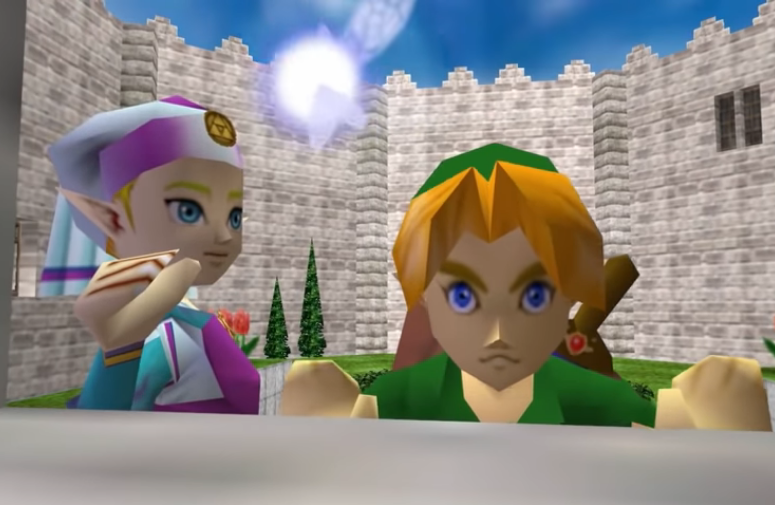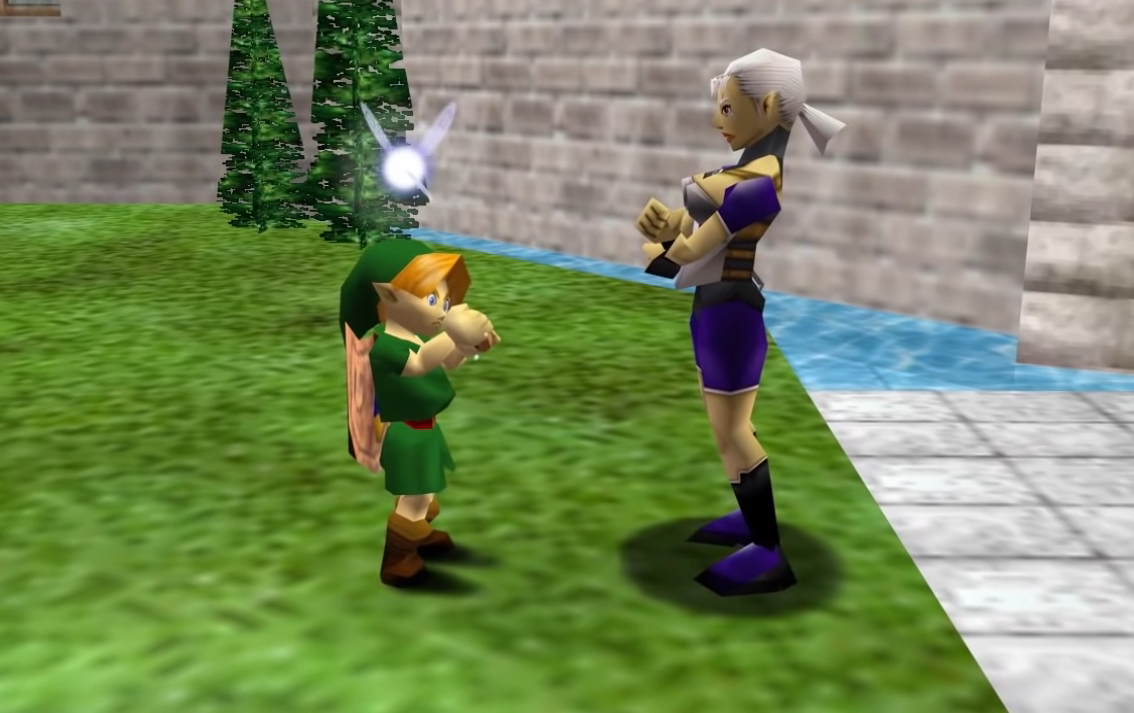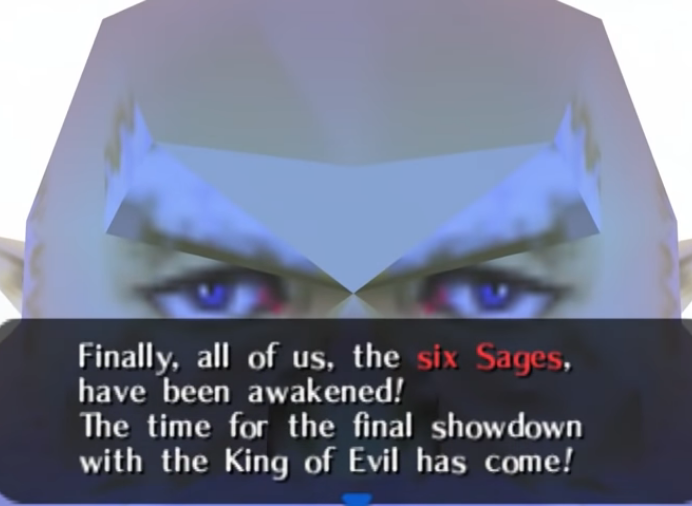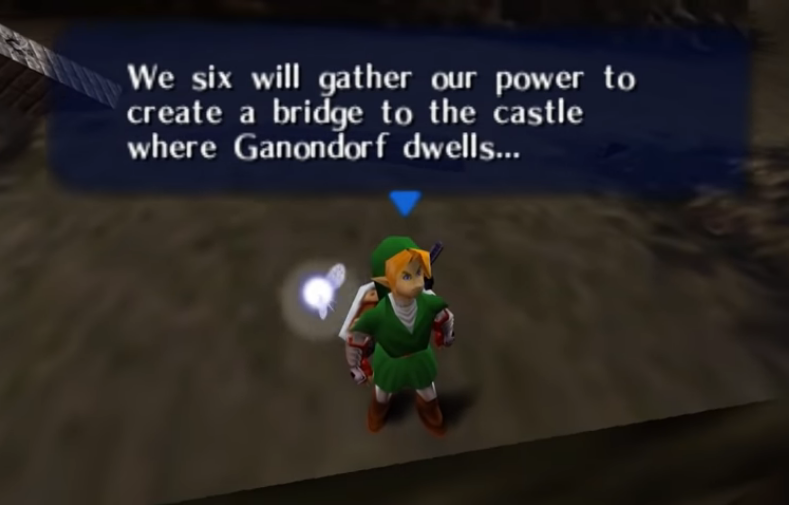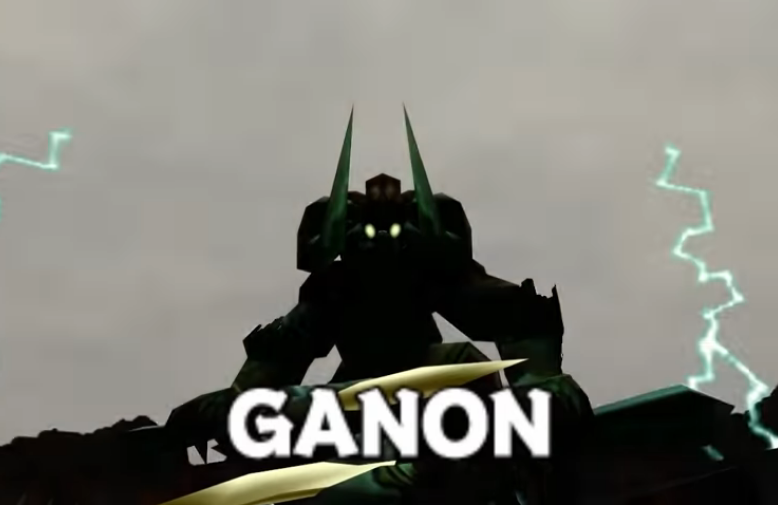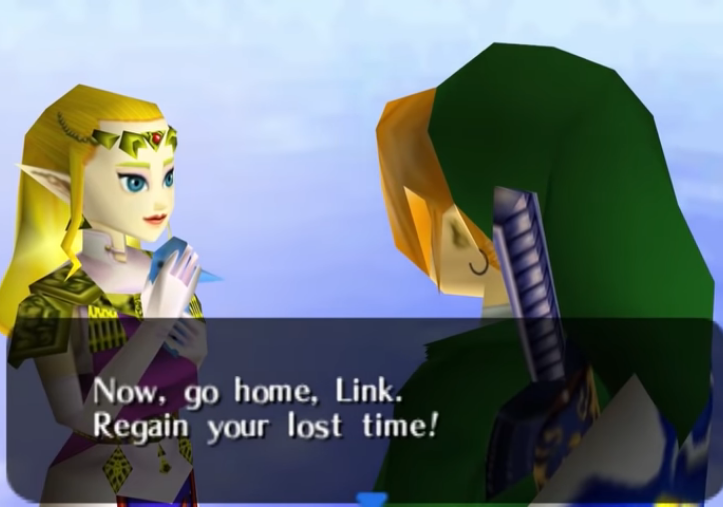12 Steps of Story Structure for Game Designers, Developers, and Digital Artists

Introduction:
Depending on if you’ve delved into narrative story creation, you may or may not have heard of “The Hero’s Journey”. First discussed by Joseph Campbell in his book, The Hero with a Thousand Faces, this narrative story structure called the monomyth is based on a character who must leave their home, go on a journey, faces an obstacle or enemy, fights it victoriously, and returns to the ordinary world changed. The Hero’s Journey is not the only type of plot, nor the only kind of story that exists, but it gives us a style to abide by that meets human need and expectations.
Story Problem vs. Character Problem:
I’d like to take the time to briefly introduce the two components that comprise the overarching antagonism in the story, and these are the character problem and the story problem. The story problem is driven by a new source of discord in the story world, a problem that the protagonist must use their unique abilities to solve. The character problem is the character flaw that the character themselves must overcome to harness their full capability, to be strong enough to solve the story problem.
An example of the story problem in Star Wars: Episode IV would be the threat of planetary annihilation via the Death Star; the risk to the story world and status quo is established. An example of the character problem from the same story would be Luke Skywalker not having confidence in himself, thus he is not able to control the force right off the bat in a way that can stop the advancing Intergalactic Empire. The character problem is solved when Luke learns to trust himself as he’s making his final approach on the Death Star and doing so, he is then capable of solving the story problem by blowing up the Death Star.
I will go into more detail about the types of conflict and how they relate to games in a later article, but this at least gives some context to the terminology I will be using in the next section.
The Hero's Journey:
1. Ordinary World: The story begins in the ordinary world with establishment of the status quo. The protagonist is revealed, and we are introduced to their day-to-day life.
2. Call to Adventure: The protagonist is called to action through a want for something that they don’t have (peace, security, better job, etc.…).
3. Refusal of the Call: The protagonist is apprehensive or doubtful of whether to answer the call, they fear the unknown. The refusal of the call is not necessary but is used to build anticipation in the story if desired.
4. Meeting the Mentor: A mentor is presented to the protagonist which can give him what he needs to solve his character problem.
5. Crossing the Threshold: The protagonist is ready to answer the call to adventure, dedicate themselves to the journey, and transitions from the ordinary world to the extraordinary world.
6. Tests, Allies, Enemies: Known as the “Road of Trials”, this is where the protagonist is tested against the forces of antagonism in the story, learning who their allies and enemies are in the process.
7. Approach: The stakes are at their highest and the protagonist must prepare themselves for the final conflict.
8. Ordeal, Death & Rebirth: The protagonist faces a test like none other than they’d faced thus far, and they’re forced to use everything they’ve learned on the path so far to survive. The risk is highest at this point in the story, and the character is tempered through this experience.
9. Reward, Seizing the Sword: The hero is forever changed by having overcome the ordeal and through their rebirth, solving the character problem, and is then ready with their newfound power to face off against the greatest force of antagonism in the story.
10. The Road Back: The protagonist returns to the ordinary world and prepares to face off against their greatest enemy.
11. Resurrection: The changed protagonist now faces their most dangerous enemy in the climax of the story. The protagonist destroys their enemy (solving the story problem) using the new power that they received by solving their character problem.
12. Return with Elixir: The protagonist returns home and shows how they’ve changed through their victory and that their world will never be the same again.
Case Analysis - Legend of Zelda: Ocarina of Time:
1. Ordinary World: The player is put into the character of Link, an “elf” living in the Kokiri forest under the protection of the Deku Tree.
2. Call to Adventure: Quickly we realize something is amiss when we bear witness to Link’s dream of a mysterious figure on horseback fleeing a castle. Navi, Link’s fairy companion, is summoned by the Deku tree, who forewarns Navi that great danger has presented itself to the land of Hyrule.
3. Refusal of the Call: There is not a major refusal of the call to adventure in Ocarina of Time, but one could imagine it could be Link refusing to get out of bed when Navi tries to wake him (isn’t waking up an antagonism to us all?). The place where Link accepts the call to action is upon reception of the Kokiri Emerald from the Deku Tree, after which he begins his journey to secure the other two.
***Note: The call to adventure can take place before the story begins, but it’s still introduced after showing the ordinary world.***
4. Meeting the Mentor: Link, now wants the thing that has called him to action, in this case it would be to save Hyrule (and the world). Link answers the call to adventure and leaves the Kokiri forest to travel to Hyrule Castle, and when he arrives, he meets his mentor, Zelda. Zelda is the mentor to Link that teaches him about the Triforce, gives him the Ocarina of Time, and follows him throughout his journey, coaching him in the right direction along the way.
5. Crossing the Threshold: Link crosses the Threshold when he obtains the Ocarina of Time and learns Zelda’s Lullaby, leaving the ordinary world he was accustomed to, to now essentially being a warrior in defense of Hyrule.
6. Tests, Allies, Enemies: Link pursues his quest for the last two spiritual stones, during which time he identifies his allies, such as the Goron’s and the Zora’s. Link also has a run in with Ganondorf outside the castle as well, fomenting him as the major antagonist of the story.
7. Approach: Link goes to the Temple of Time, opens the Door of Time, and obtains the Master Sword; prepares for the final conflict.
8. Ordeal, Death & Rebirth: The ordeal can be considered as the moment that Ganondorf lays the trap for Link, steals the Triforce, and seals Link away. The growth that happens during the rebirth is both literal and figurative, as Link grows 7-years in the process and then continues to grow by obtaining the six medallions of the Sages.
9. Reward, Seizing the Sword: Through his trials in the “Belly of the Whale”, and the power he’s gained by awakening the six sages, Link now has the power he needs to fight Ganondorf, his greatest enemy; he’s solved his character problem, which was that he was initially to weak to fight the king of evil.
10. The Road Back: Link makes final preparations to fight Ganondorf and returns to the ordinary world, now ready to defeat him with the strength he’s gained through the ordeal, rebirth, and seizing of the sword.
11. Resurrection: Link faces off against his most powerful enemy, Ganondorf (and then Ganon), in the climax of the story. Ganondorf and Ganon are defeated (story problem solved) through the power that Link has accumulated along the Journey, such as the power of the six sages, the Master Sword, and the songs he’s learned for the Ocarina.
12. Return with Elixir: Ganondorf is sent to the realm of evil, Link is congratulated by Zelda, and is then transported back to 7-years prior, where he began his journey. The status quo is restored, and Link is now the Hero who saved Hyrule, and he is never the same again.
Final Note:
Keep in mind, each character can have its own story trajectory that follows the Hero’s Journey, and for a fulfilling and believable story, they should. Of course, it would become exhausting trying to build a story arc for every single character, but this should always be kept in mind for characters that play more than a small role in the game. Remember, we are creators of an interactive story that deserves to come to life in more ways than through mere spectacle.
Also, the steps of the Hero’s Journey can be stretched or compressed, as the story requires, but one thing to note is that the main story is essentially over after the climax, as the protagonist has already achieved his story objective by defeating their greatest enemy. I will delve into the topic of character objective and story objective in a later article.
Important: Many topics in story analysis can come down to interpretation, so I may have overlooked or misinterpreted something in my analysis of Ocarina of Time, as well as other topics I explore. If there’s something that you think could be improved upon or done differently, please let me know, because I’m always looking to learn something new as well! I just like to offer food for thought on topics I think would apply well to digital game design, and I appreciate you taking the time to read it. Thank you!
Additional Resources:
If you’re interested in learning more about the Hero’s Journey, then here are a couple of free resources that may interest you!
Hero With A Thousand Faces
The Hero's Journey - Mythic Structure of Joseph Campbell's Monomyth
Please let me know if you have any feedback or topic ideas for upcoming articles by sending me an email at 3ddialectics@gmail.com!

